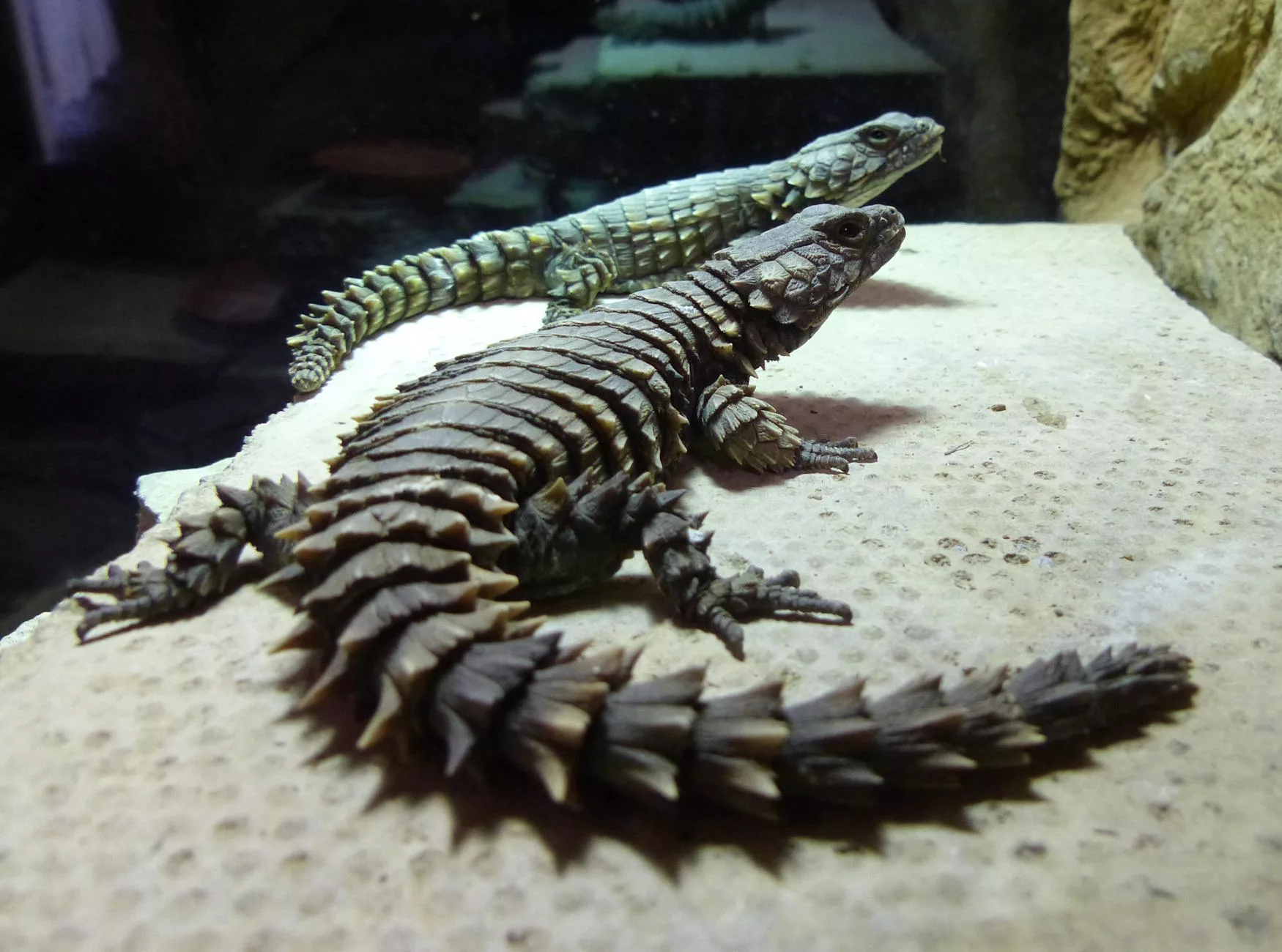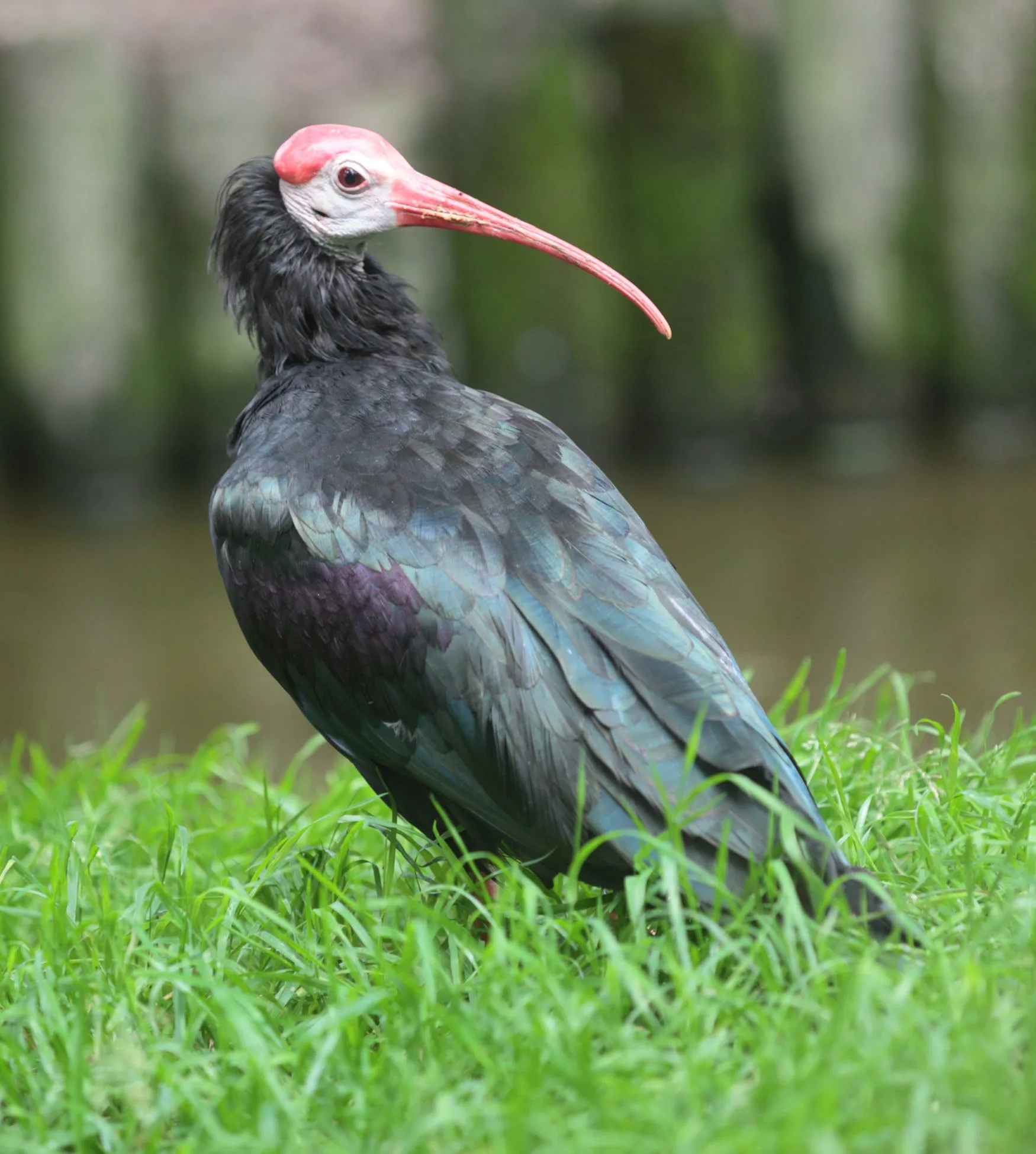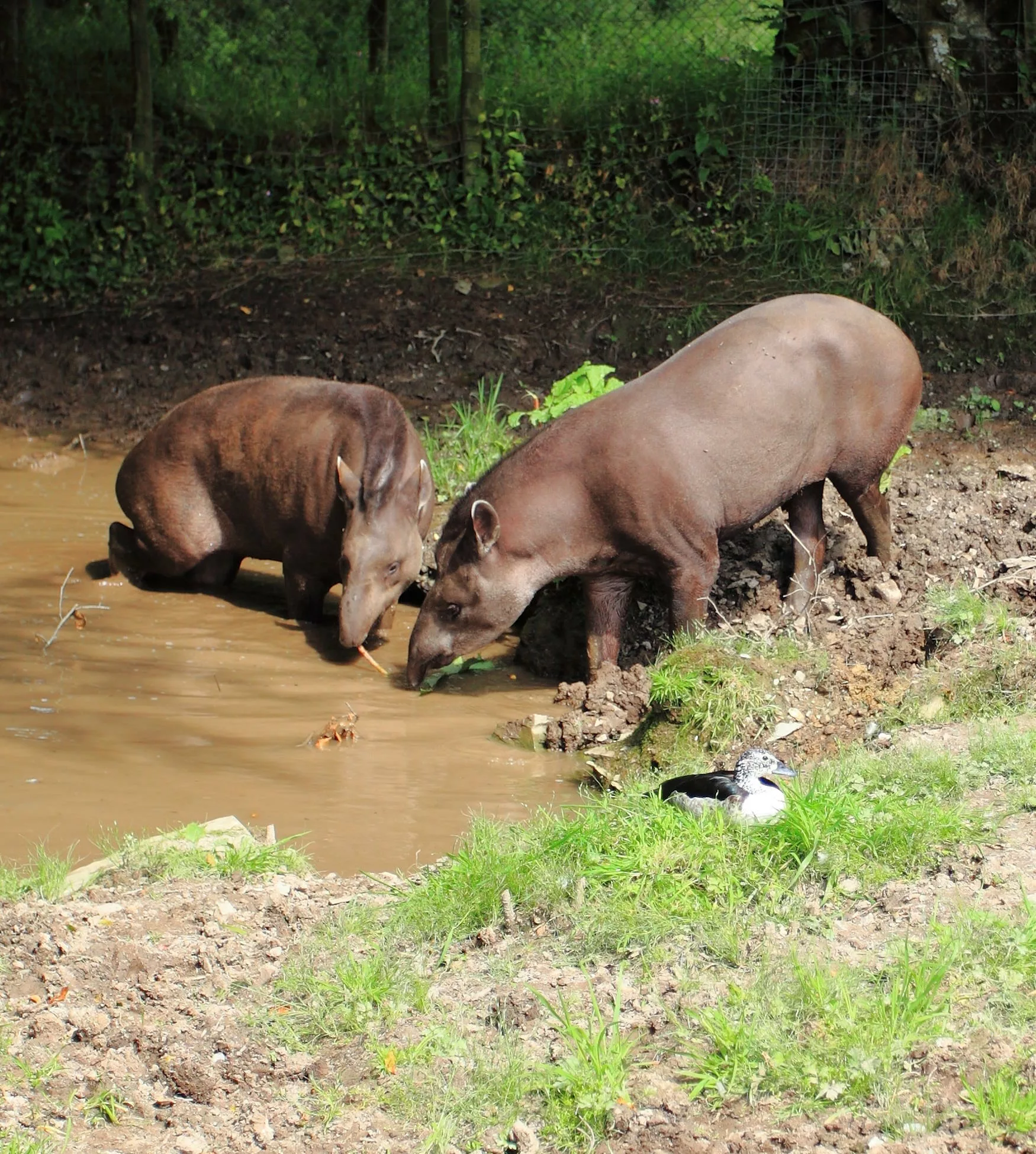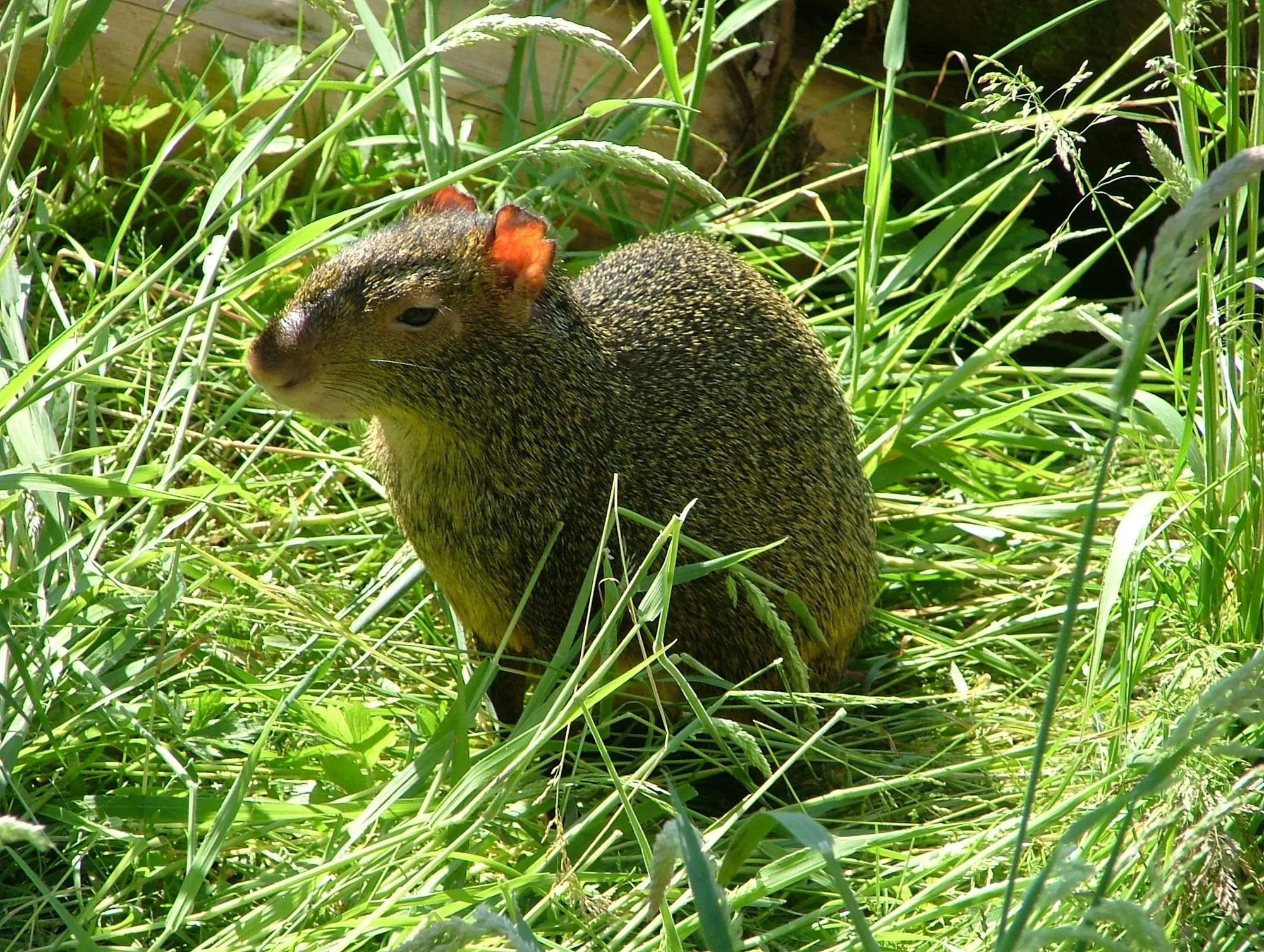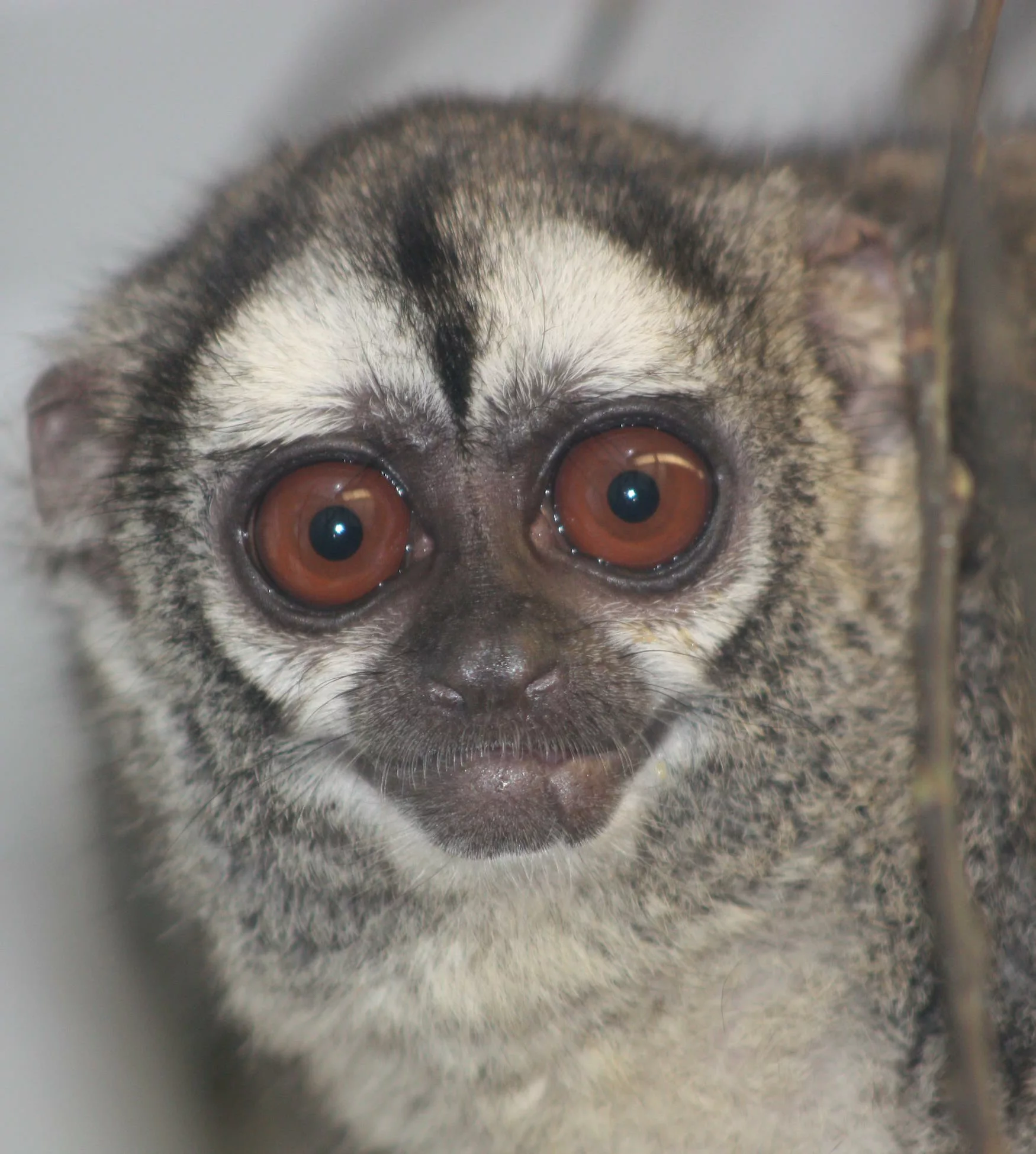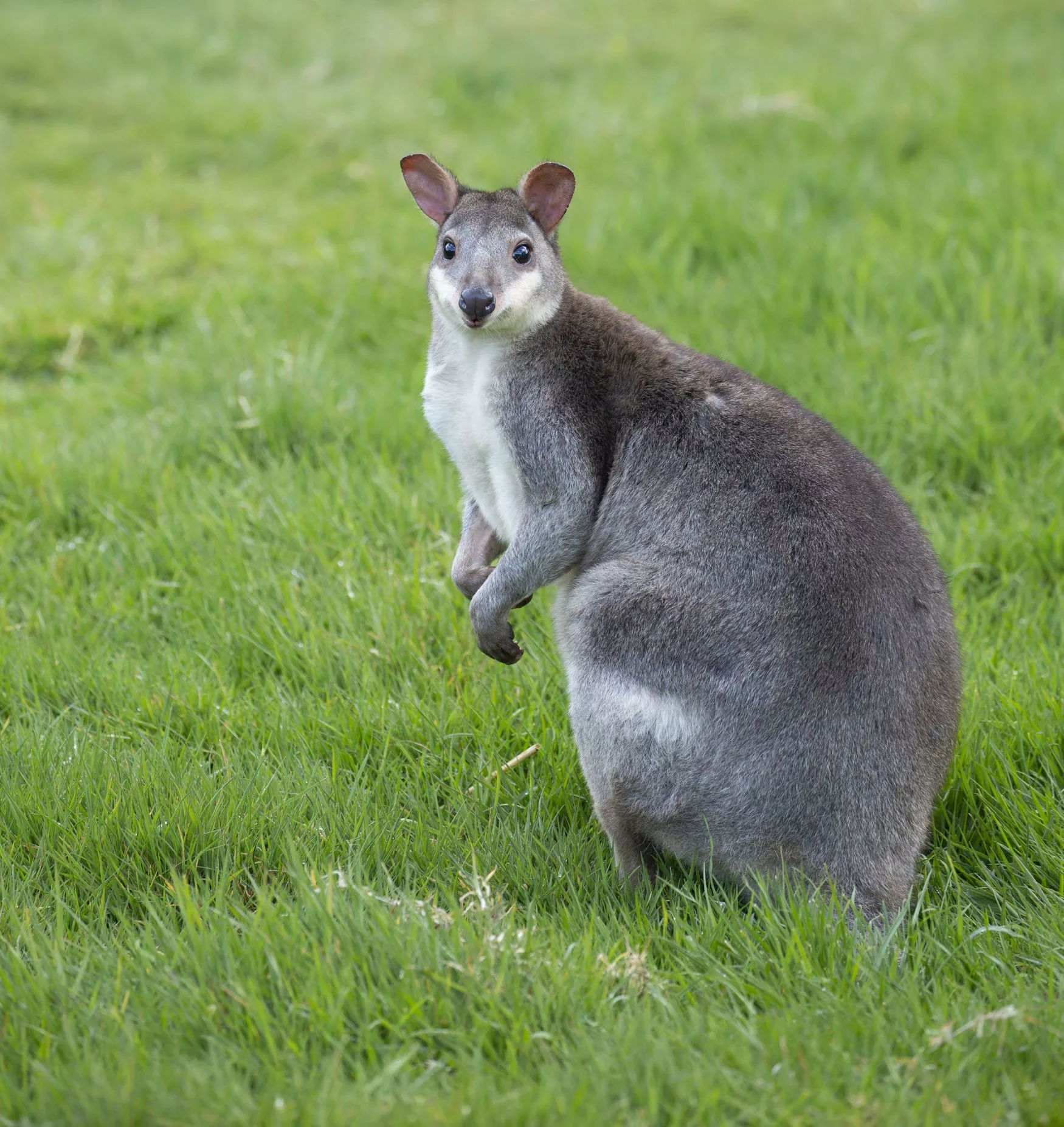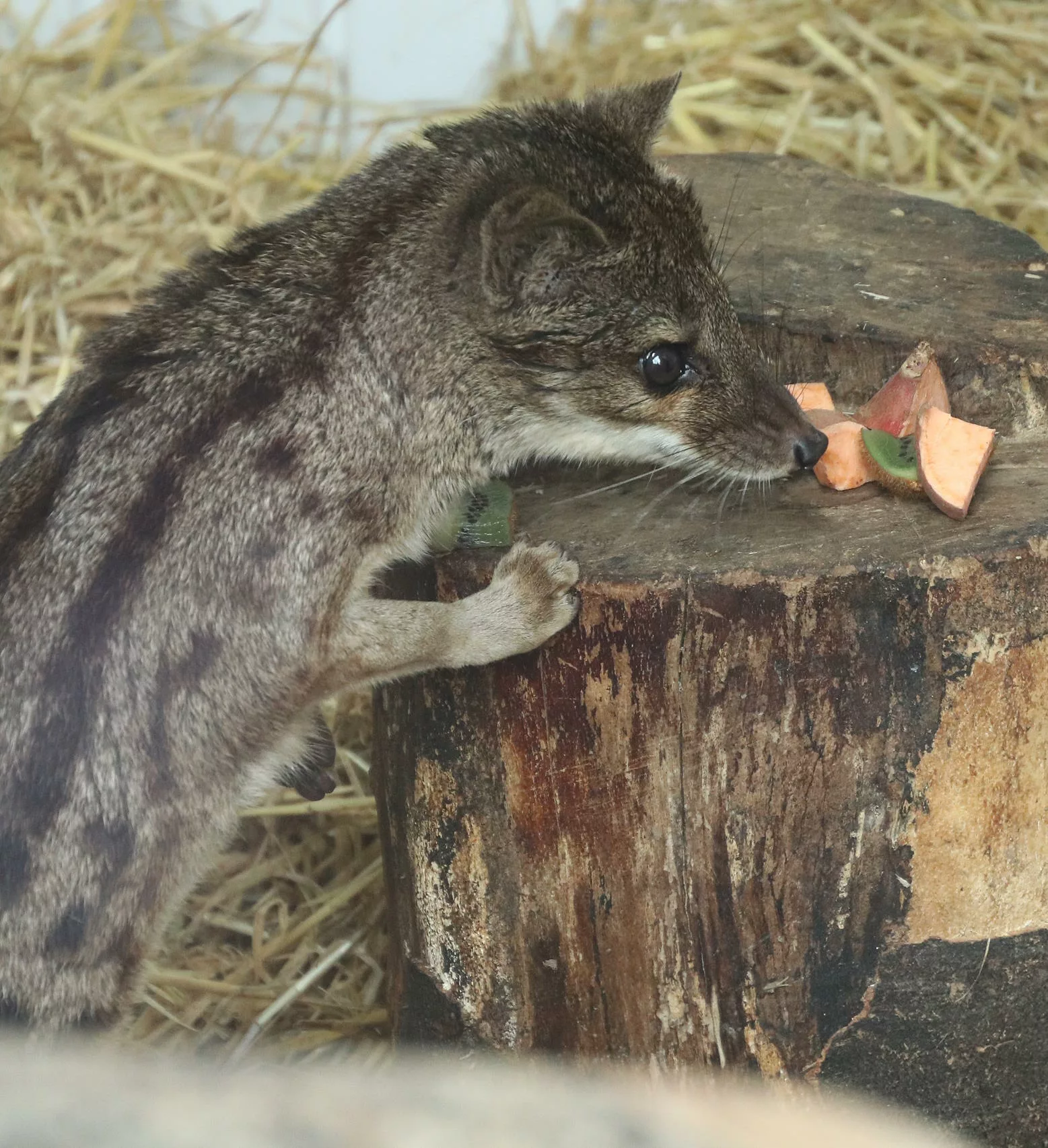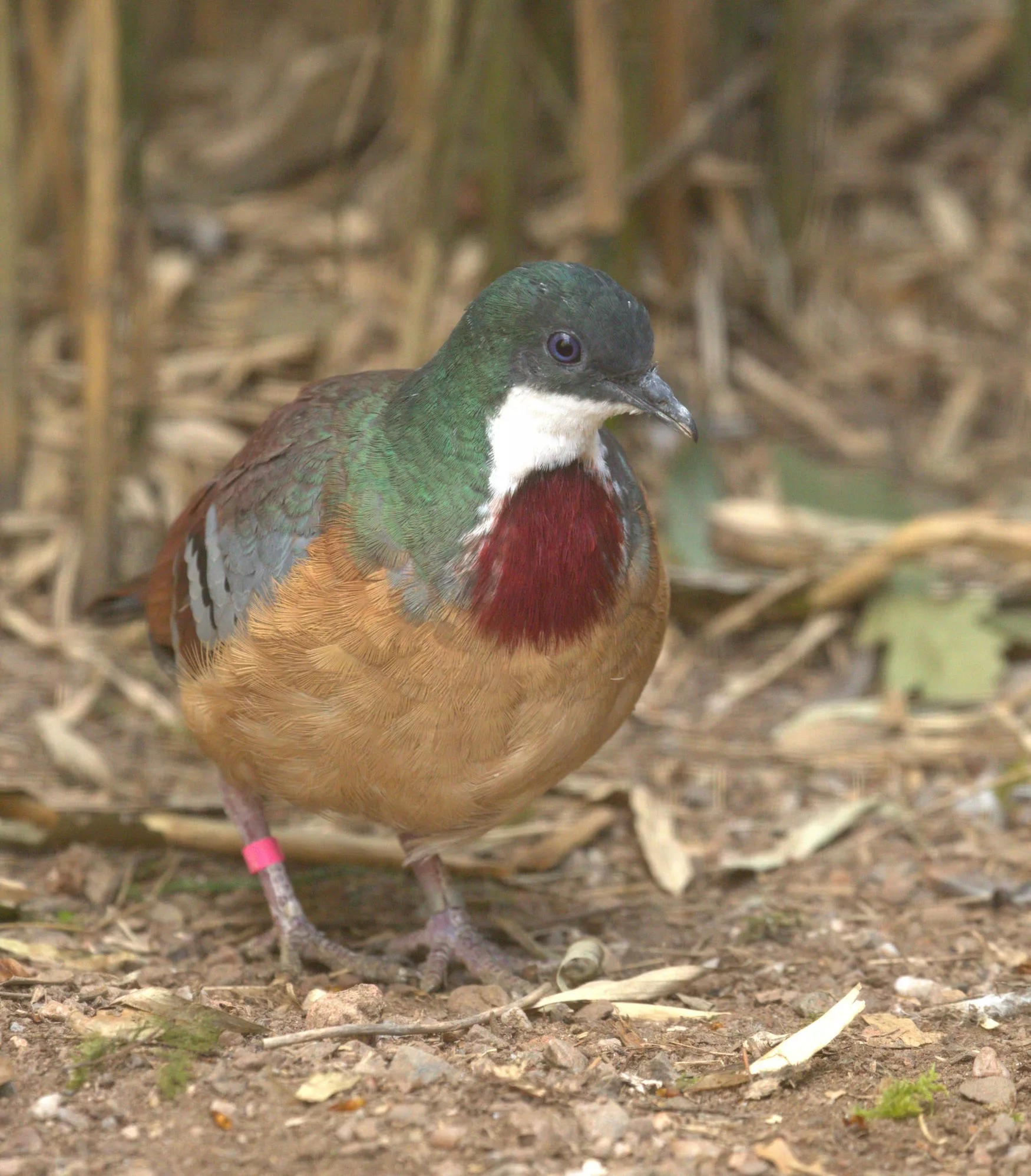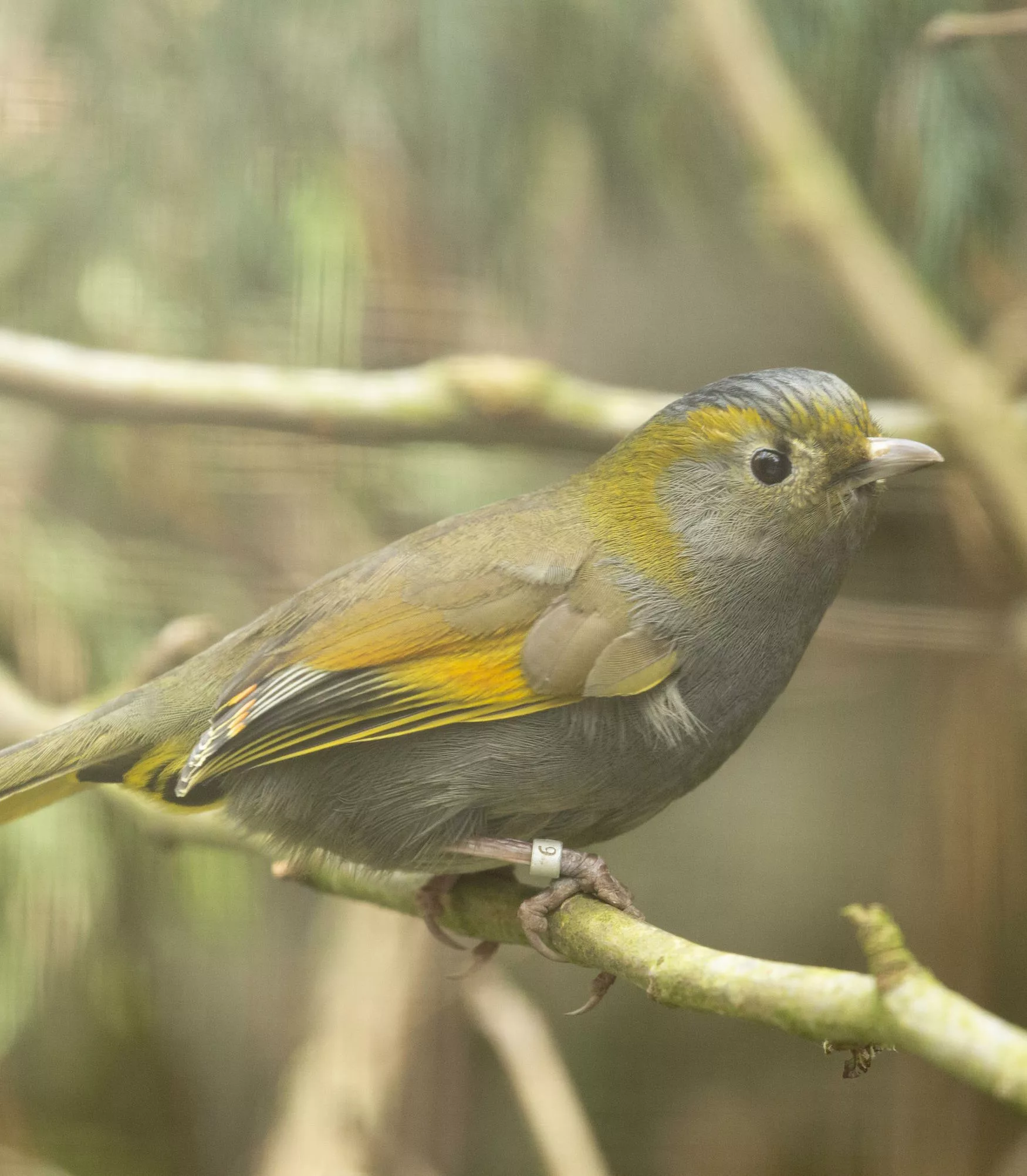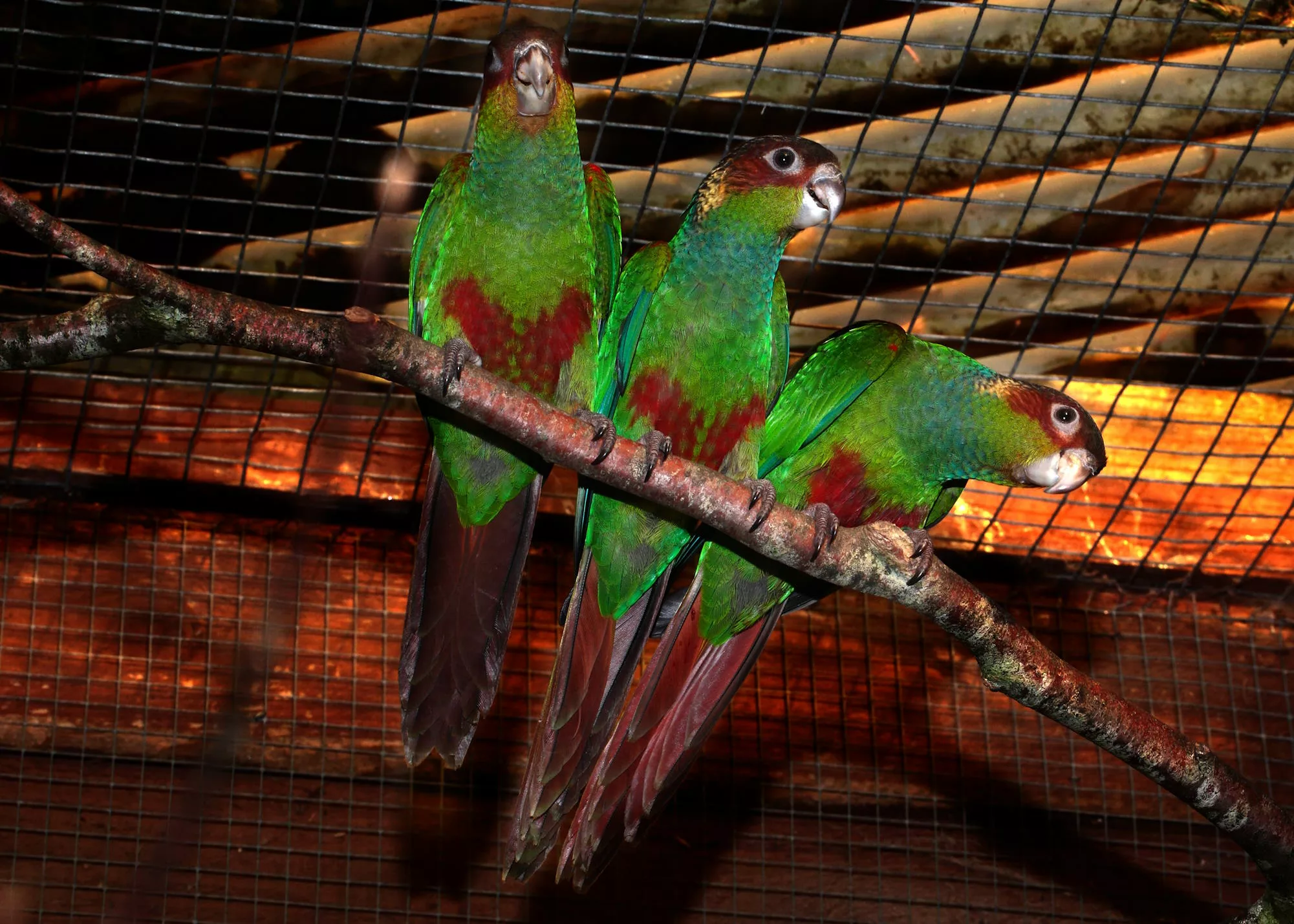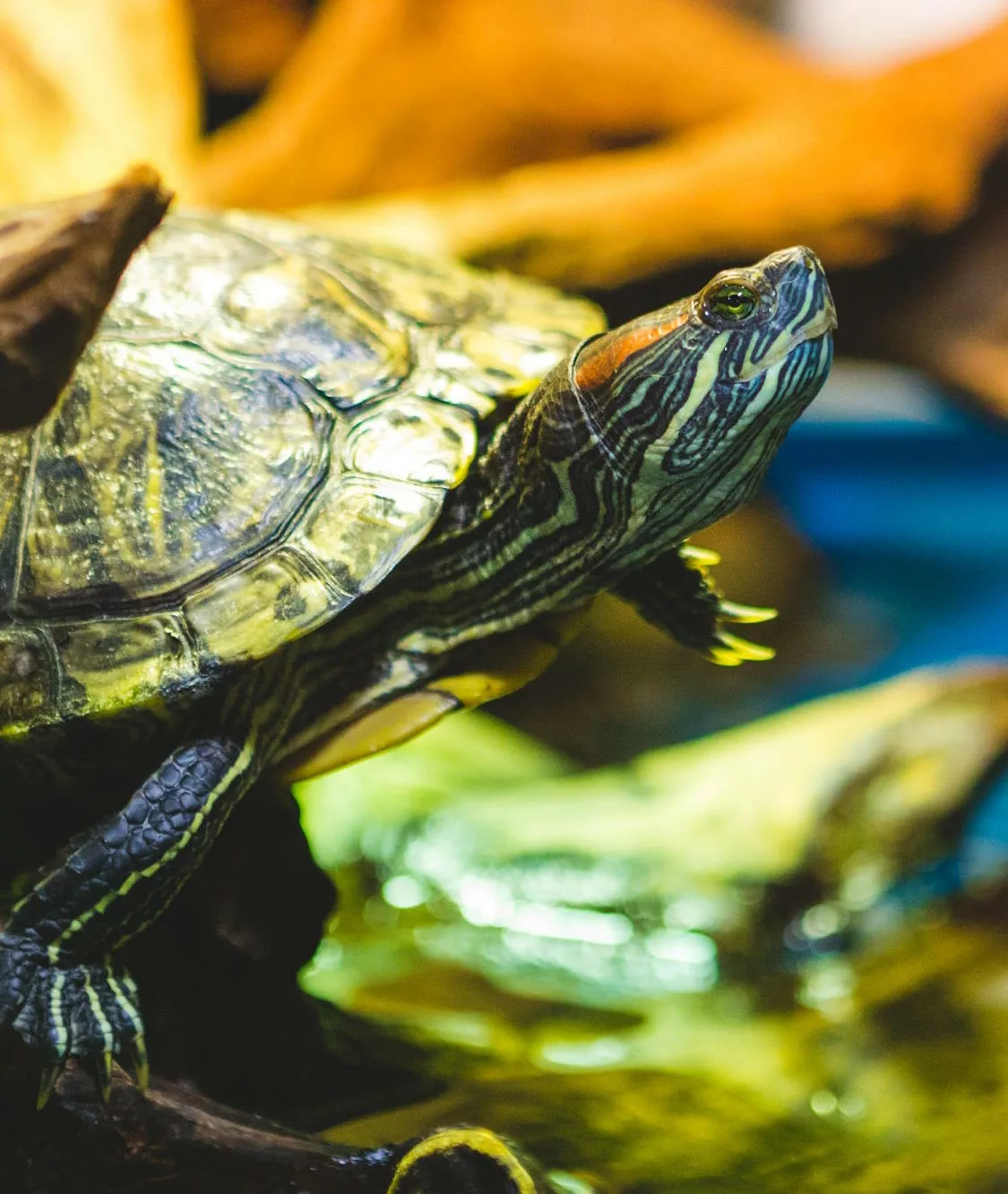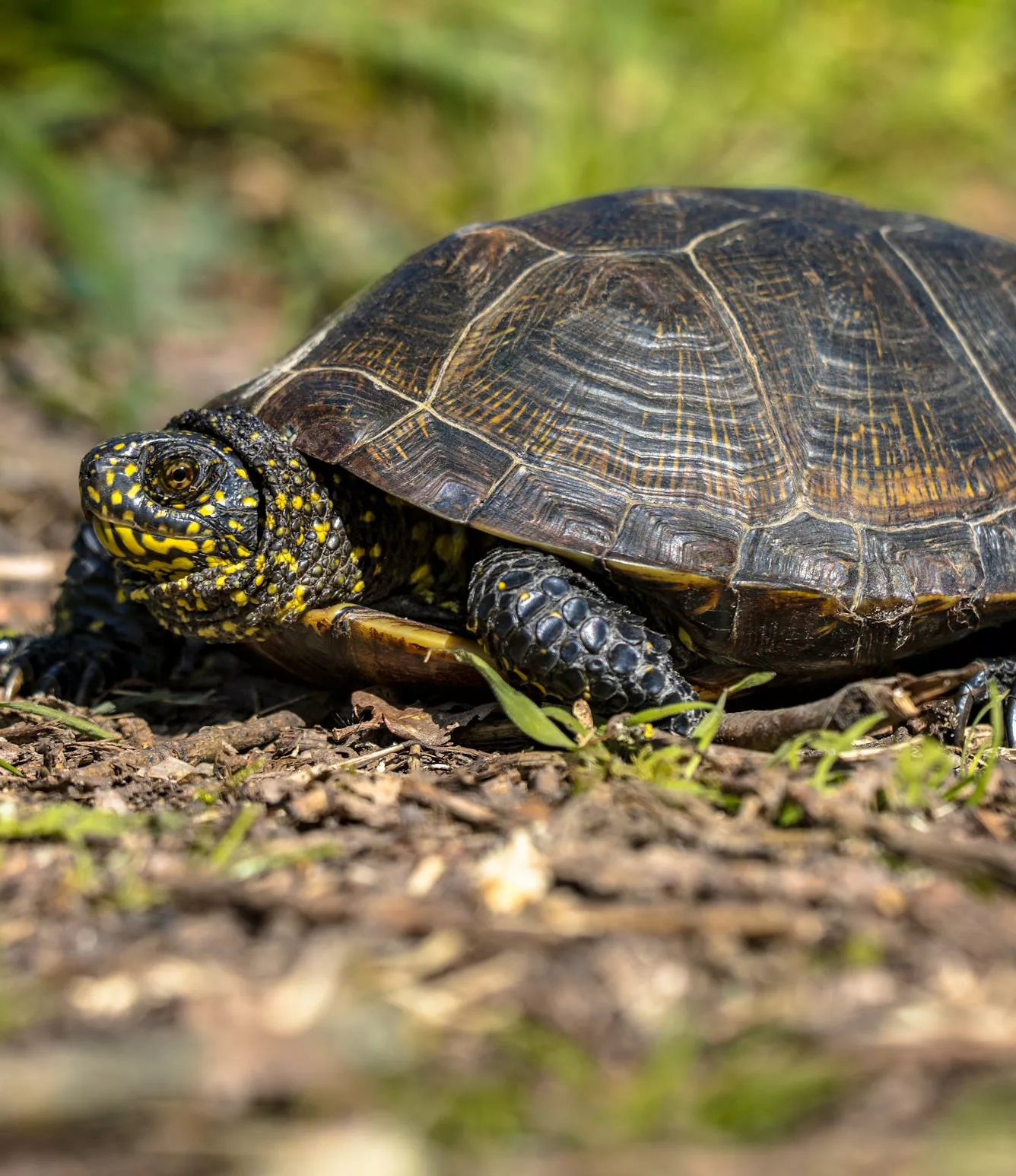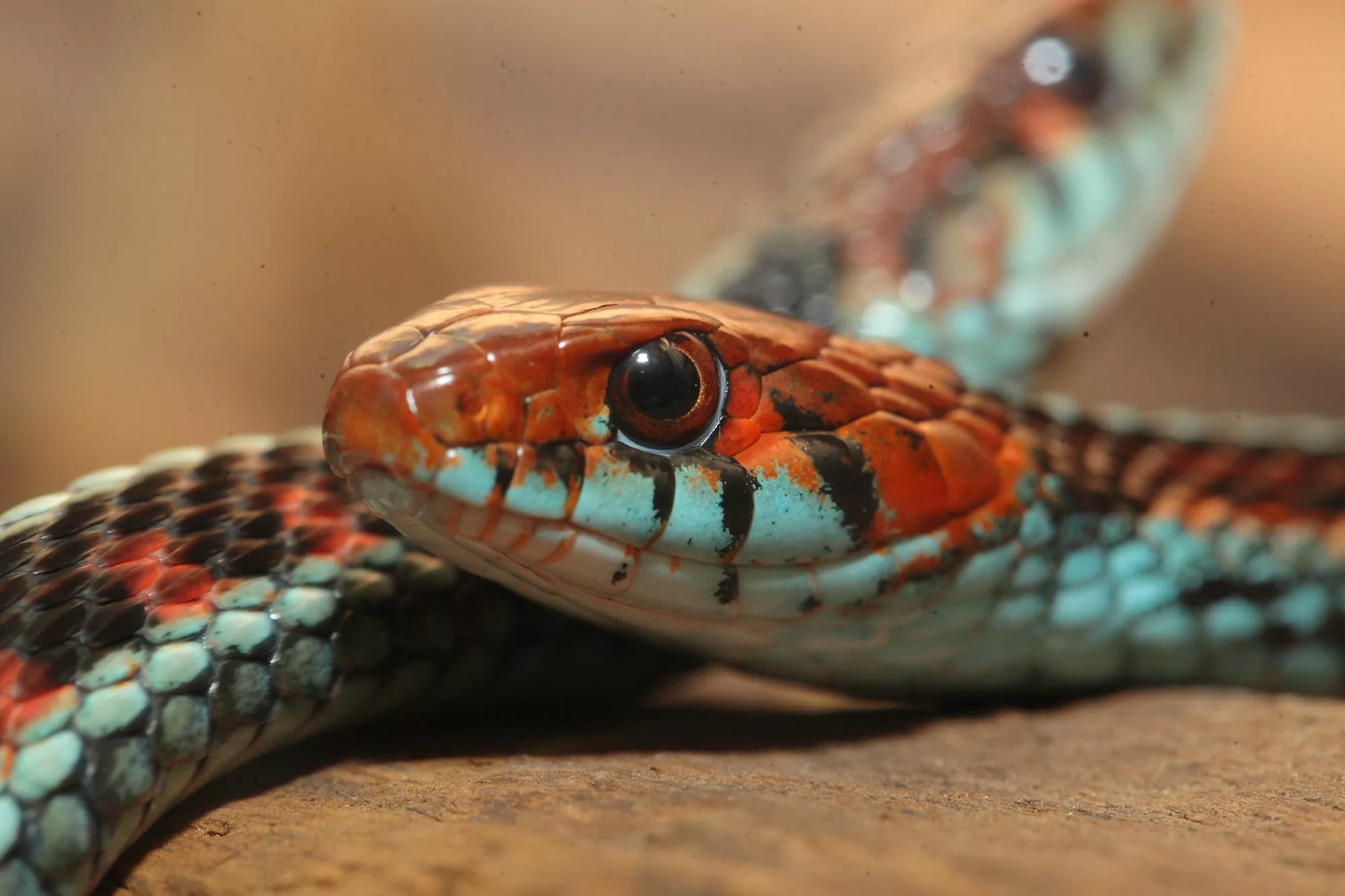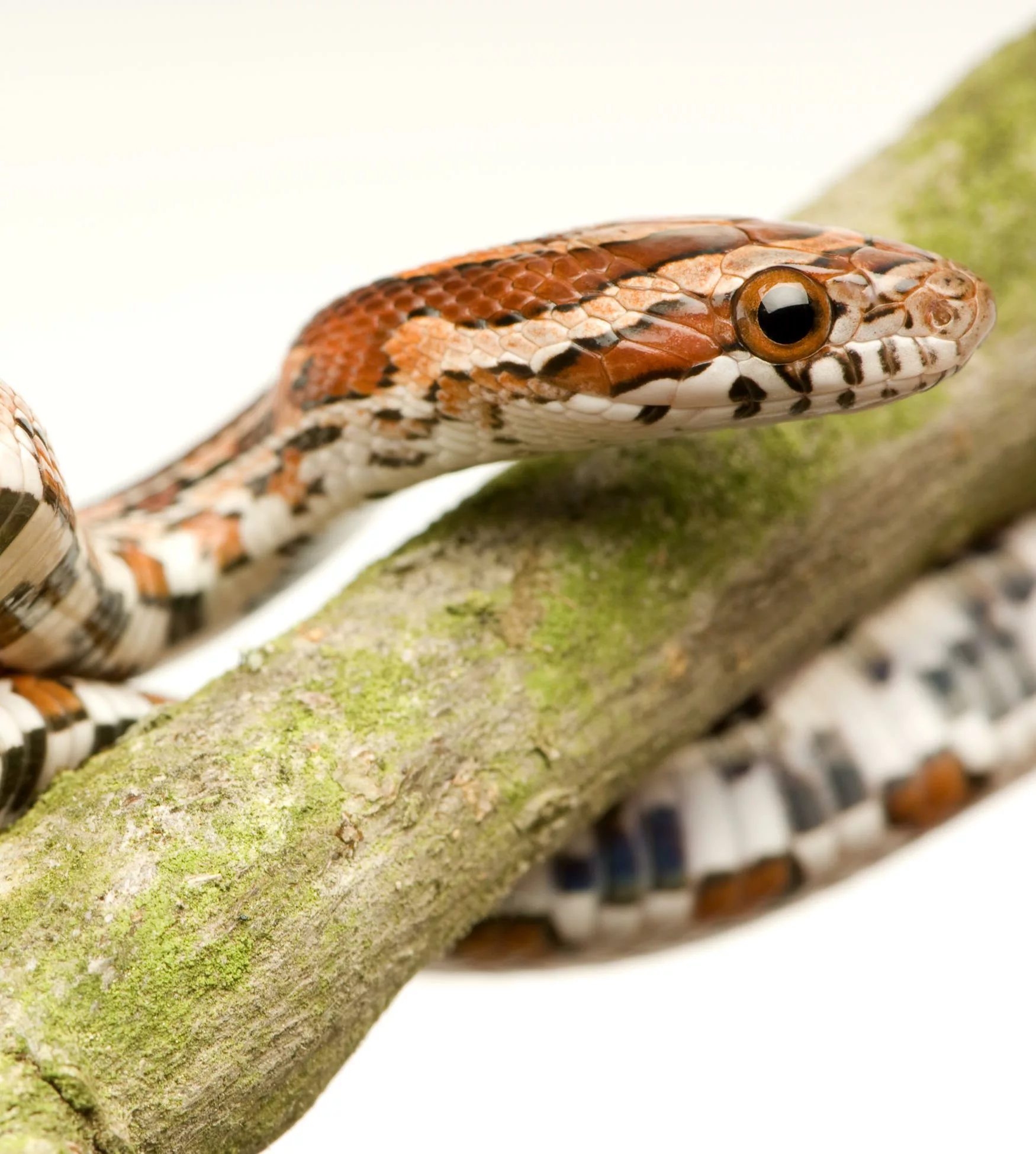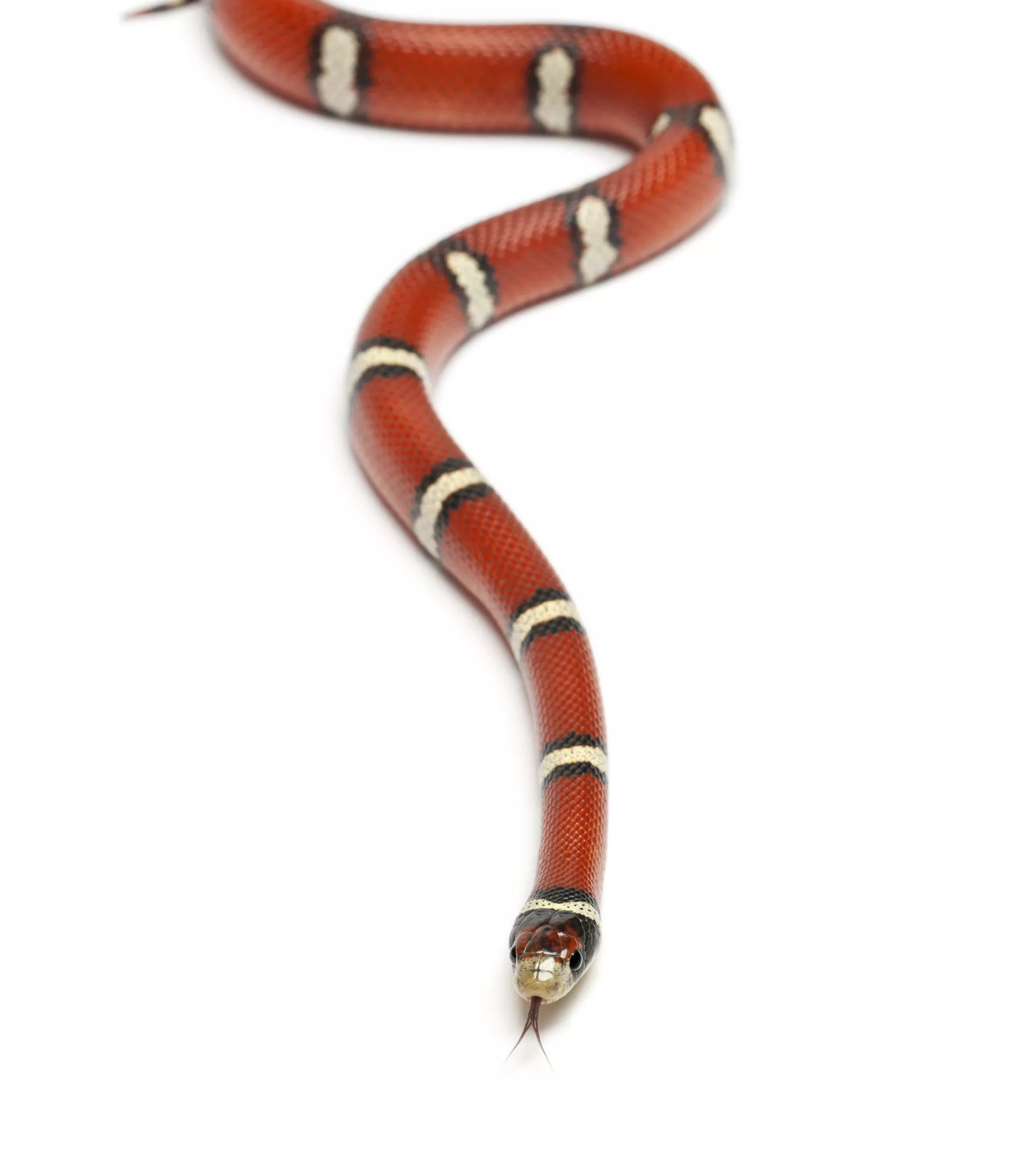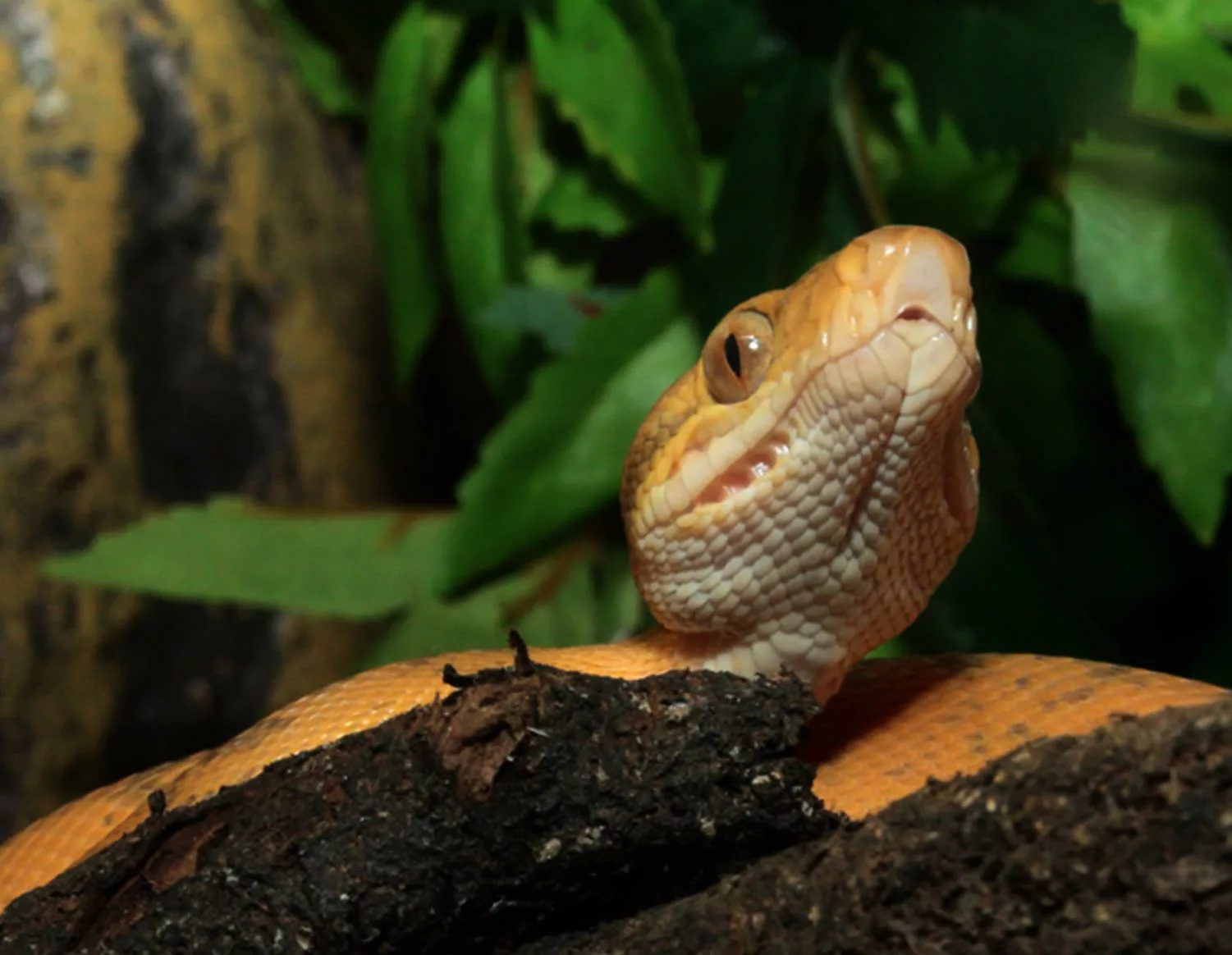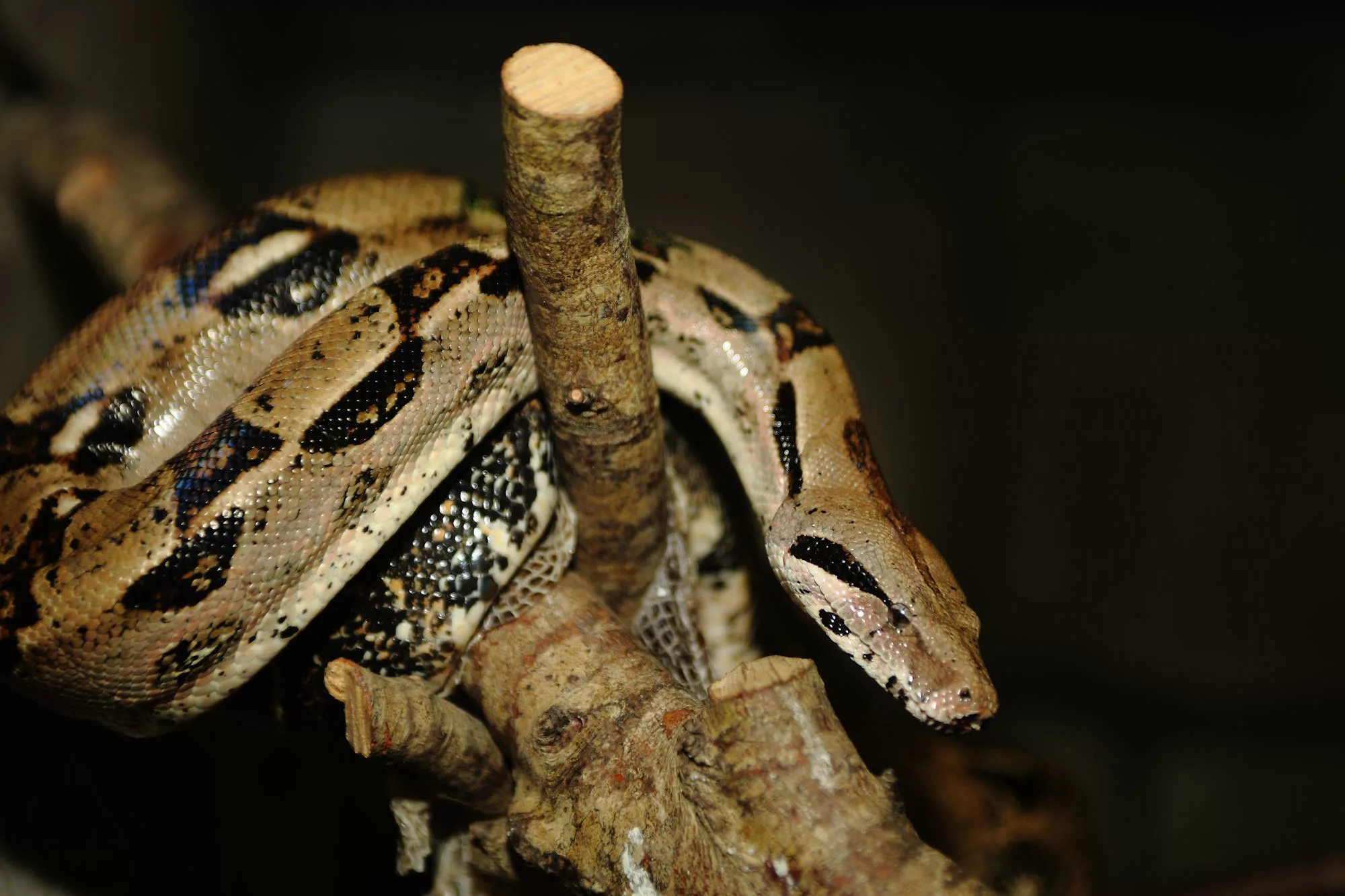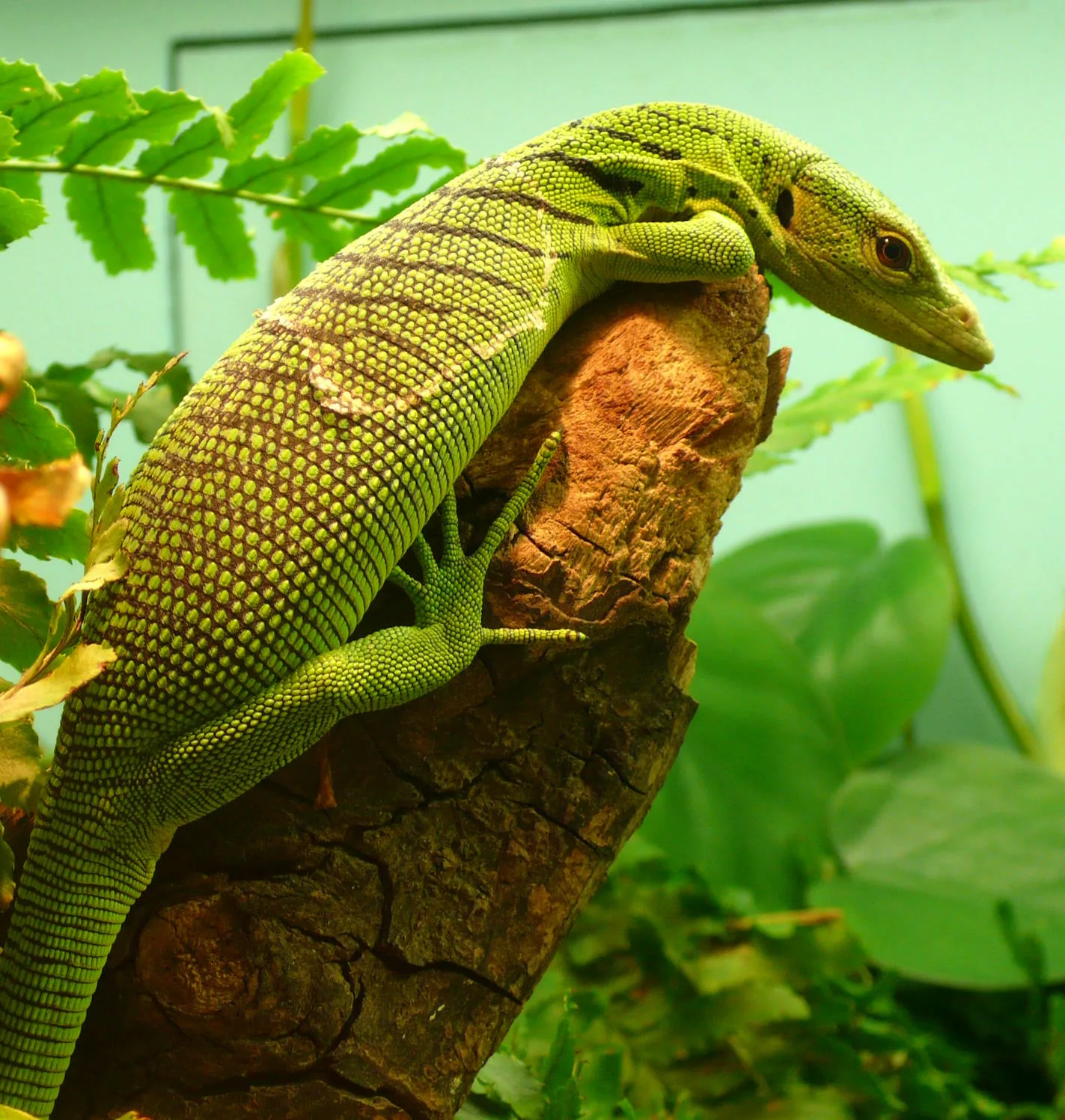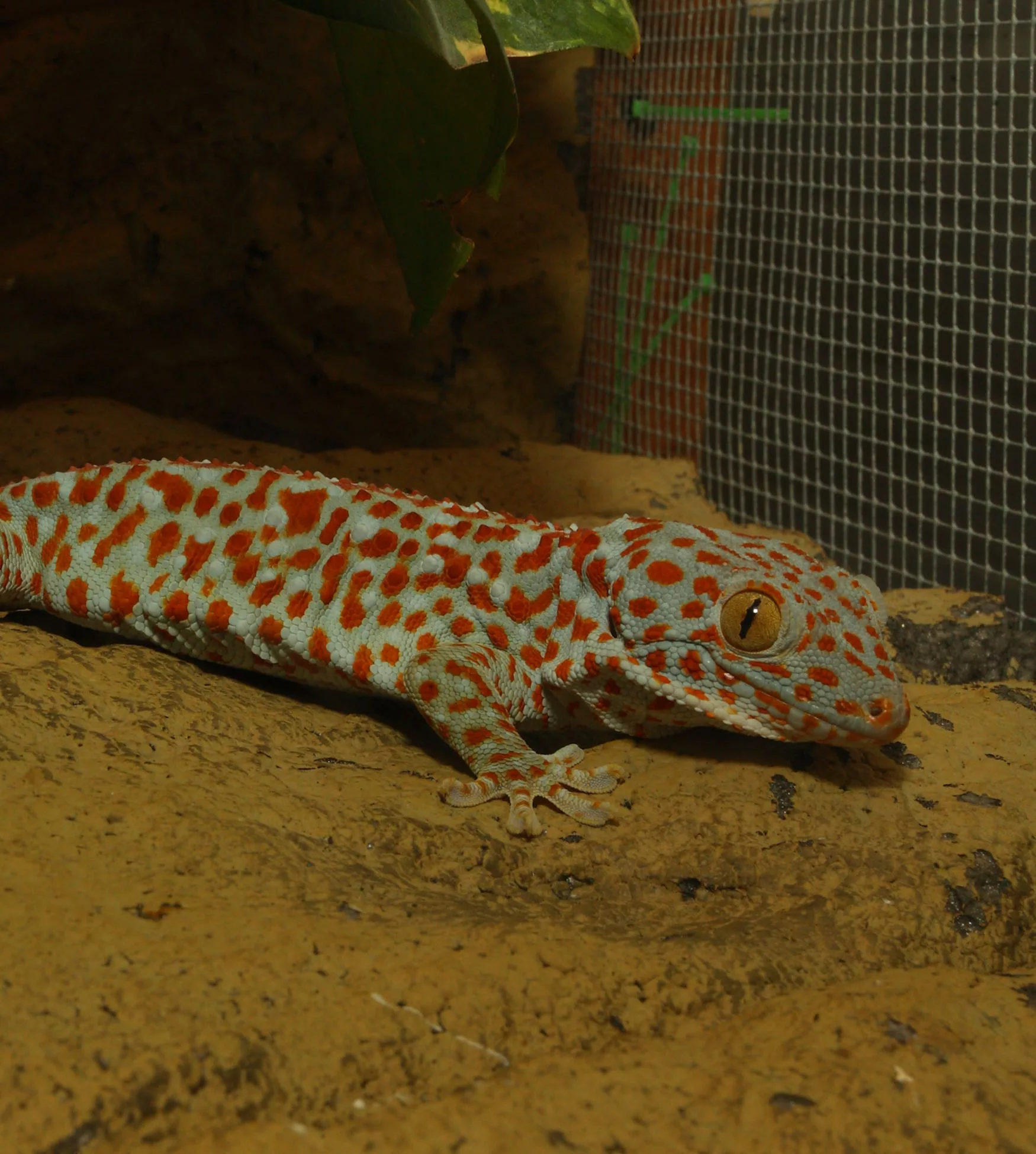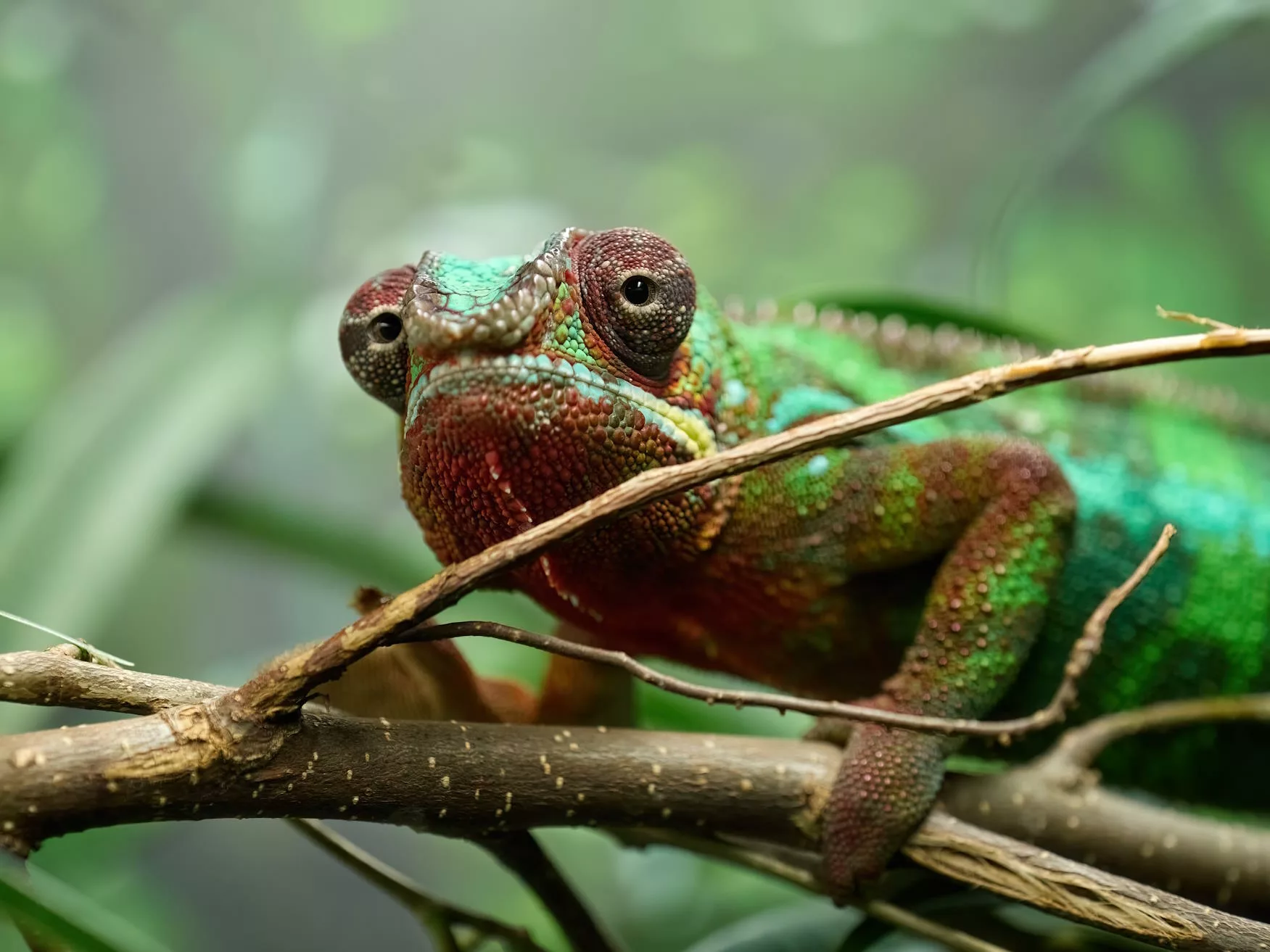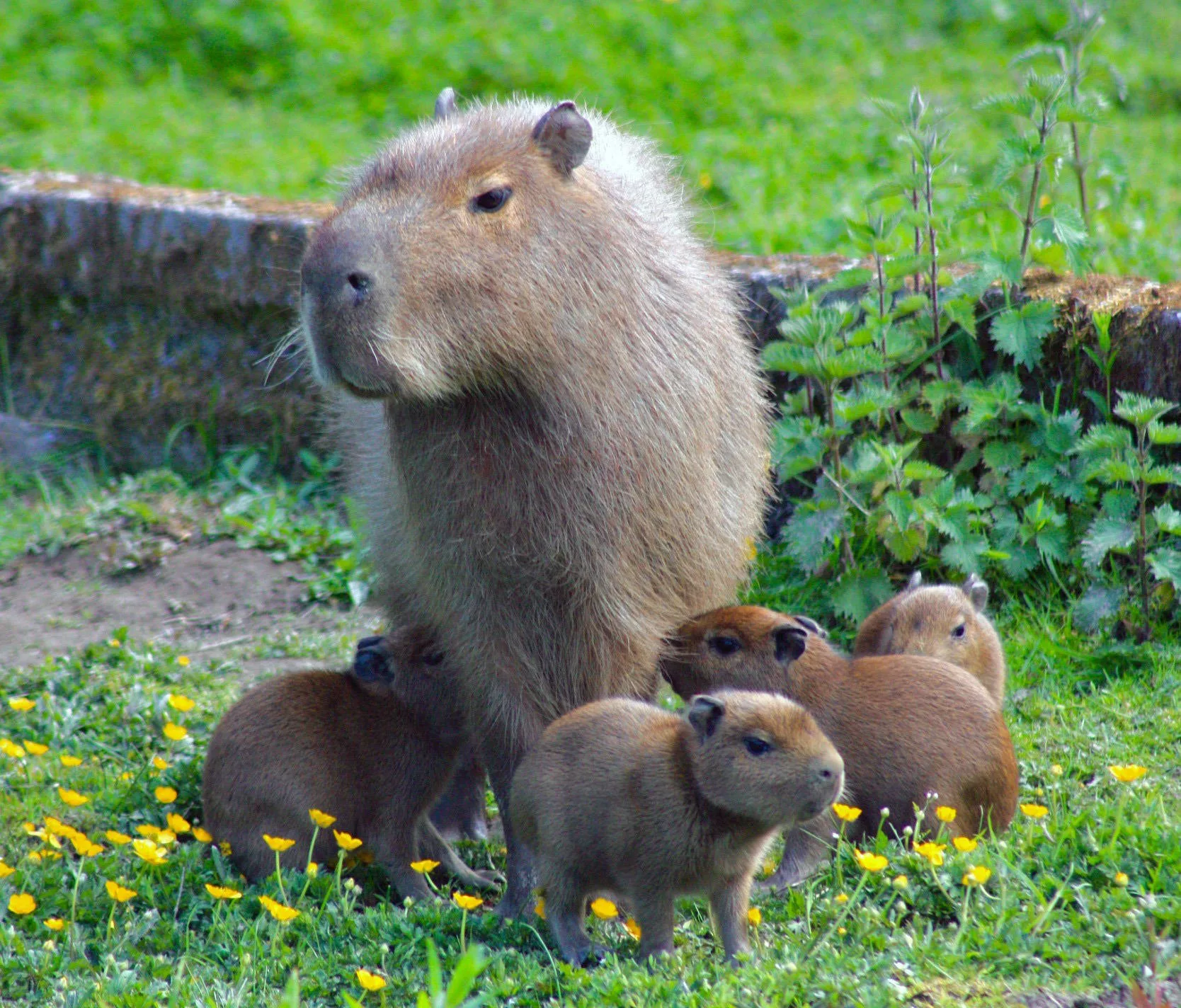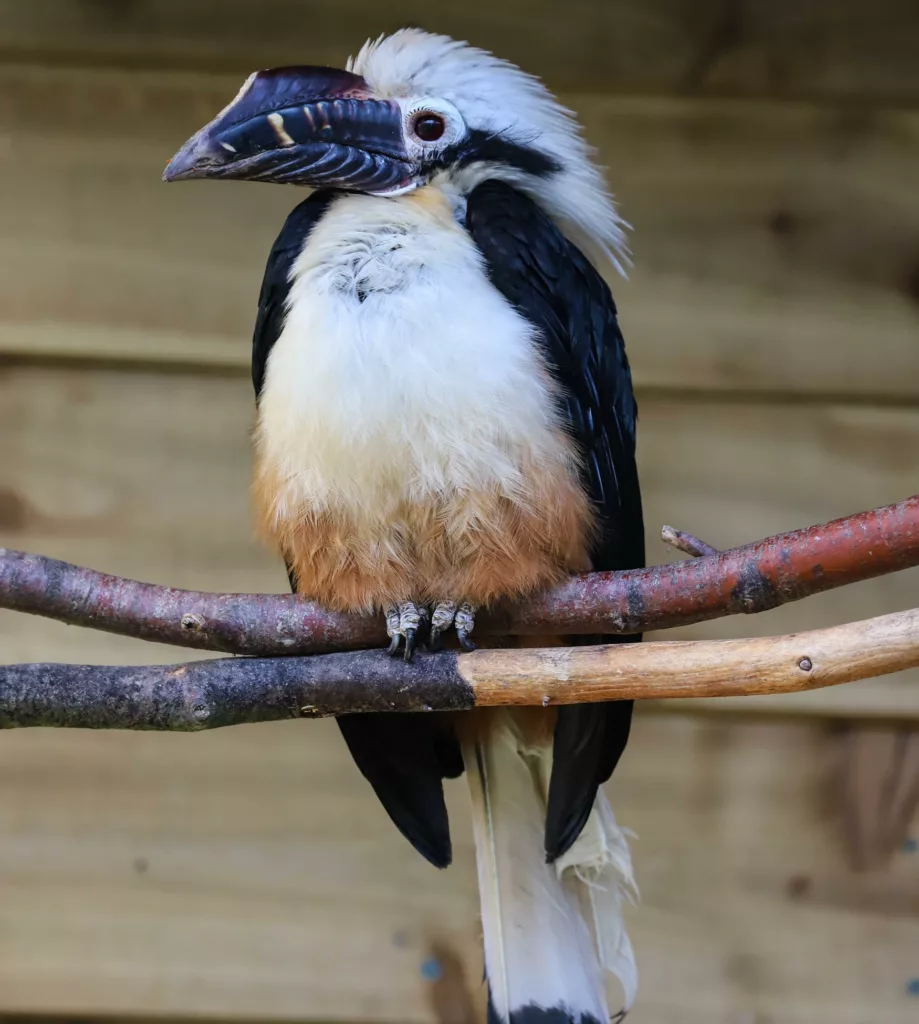
Visayan hornbill
Scientific name: Penelopides panini
IUCN listed as: Endangered
Learn before you visit!
Here are some facts about the species – Discover what they eat, find out about their natural habitat, see what they like to do, and more… Set the reading style to suit you too, everyday speak or something aimed towards children.
Child-friendly
Everyday
Diet
The Visayan Hornbill primarily feeds on fruits, making it frugivorous, but it also consumes insects and small animals. This diverse diet helps maintain its energy levels and overall health. The birds are known to play a crucial role in seed dispersal, aiding forest regeneration. During breeding season, they may increase their intake of protein-rich insects. Their feeding habits are crucial for both their survival and the ecosystem.
Visayan Hornbills eat mostly fruits but also enjoy insects and small animals. This mix helps them stay healthy. They help the forest by spreading seeds when they eat fruit. During breeding, they eat more insects for energy.
Breeding
Breeding occurs once a year, with the female laying 2-4 eggs. The nest is usually located in tree cavities, which the male seals with mud, leaving a small hole for feeding. Both parents participate in caring for the eggs and the chicks. The incubation period lasts about a month, and after hatching, the chicks remain in the nest for several weeks before fledging. This breeding strategy helps protect the young from predators.
These birds lay 2-4 eggs in tree holes. The male seals the nest, leaving a small hole to feed the female and chicks. Both parents take care of the eggs and chicks. Chicks stay in the nest for weeks before flying out.
Habitat
The Visayan Hornbill inhabits the tropical forests of the Philippines, specifically in the Visayan Islands. They prefer dense forests with plenty of fruit-bearing trees. Habitat loss due to deforestation and agricultural expansion is the primary threat to their survival. Conservation efforts focus on protecting their natural habitats and promoting sustainable land-use practices. Ensuring the preservation of these forests is crucial for the survival of the species.
These hornbills live in the forests of the Visayan Islands in the Philippines. They like dense forests with fruit trees. Cutting down trees is a big threat to their homes. Protecting these forests is very important.
At the zoo
In zoos, Visayan Hornbills are kept in enclosures that mimic their natural habitat, with plenty of trees and branches for climbing. Their diet in captivity includes fruits, insects, and specialized bird feed to ensure they receive all necessary nutrients. Zoos play an important role in the conservation of these birds through breeding programs and public education. These efforts help raise awareness about the species and the threats they face. Breeding programs also help maintain genetic diversity and support population numbers.
In zoos, Visayan Hornbills live in spaces with lots of trees. They eat fruits, insects, and special bird food. Zoos help protect these birds by breeding them and teaching people about them. This helps keep their numbers up.
Behaviour
Visayan Hornbills are social and often seen in pairs or small family groups. They are diurnal, spending their days foraging for food and socializing. These birds communicate using a variety of calls and displays, which are particularly prominent during the breeding season. Their behaviour includes mutual grooming and cooperative feeding. Their social structure and communication are essential for maintaining their group dynamics and reproductive success.
Visayan Hornbills are social and live in pairs or small groups. They are active during the day, looking for food and interacting. They use calls and displays to communicate, especially during breeding. Their social behaviour helps them survive.
Fun facts
- Fruit Lovers: They love eating fruits and help spread seeds.
- Nest Builders: Males seal the nest hole, leaving a small gap for feeding.
- Social Birds: They live in pairs or small family groups.
- Helpers of the Forest: They play a key role in forest regeneration.
- Endangered Status: They are endangered due to habitat loss.
- Fruit Fans: They eat a lot of fruits and spread seeds.
- Nest Protectors: Males seal the nest with mud, leaving a feeding hole.
- Group Life: They live and socialize in small groups.
- Forest Friends: They help new trees grow by spreading seeds.
- Need Protection: They are in danger because their homes are being destroyed.
More animals to discover at our zoo
Quick Links
Tickets & Prices
You can buy tickets for Exmoor Zoo securely online, as well as finding out more price options, discover offers, and more…
What’s on…
Exmoor Zoo hosts incredible Events all through the year. You can find out about what we’ve got in store here…
Routes & info
Like any great discovery, Exmoor Zoo can feel a little off the beaten path – but don’t worry – you can plan your journey with our recommended routes and other useful travel info.

